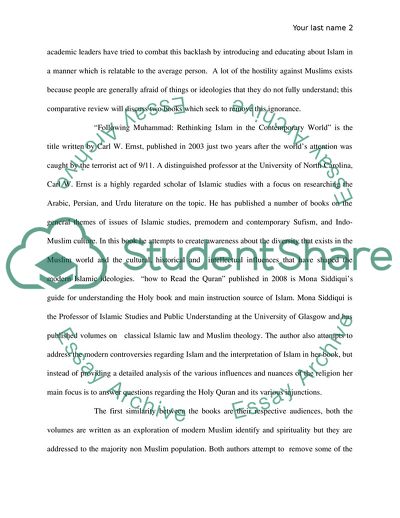Cite this document
(Rethinking Islam in the Contemporary World Literature review Example | Topics and Well Written Essays - 2000 words, n.d.)
Rethinking Islam in the Contemporary World Literature review Example | Topics and Well Written Essays - 2000 words. https://studentshare.org/religion-and-theology/1839776-carl-ernsts-and-mona-siddiquis-book
Rethinking Islam in the Contemporary World Literature review Example | Topics and Well Written Essays - 2000 words. https://studentshare.org/religion-and-theology/1839776-carl-ernsts-and-mona-siddiquis-book
(Rethinking Islam in the Contemporary World Literature Review Example | Topics and Well Written Essays - 2000 Words)
Rethinking Islam in the Contemporary World Literature Review Example | Topics and Well Written Essays - 2000 Words. https://studentshare.org/religion-and-theology/1839776-carl-ernsts-and-mona-siddiquis-book.
Rethinking Islam in the Contemporary World Literature Review Example | Topics and Well Written Essays - 2000 Words. https://studentshare.org/religion-and-theology/1839776-carl-ernsts-and-mona-siddiquis-book.
“Rethinking Islam in the Contemporary World Literature Review Example | Topics and Well Written Essays - 2000 Words”. https://studentshare.org/religion-and-theology/1839776-carl-ernsts-and-mona-siddiquis-book.


